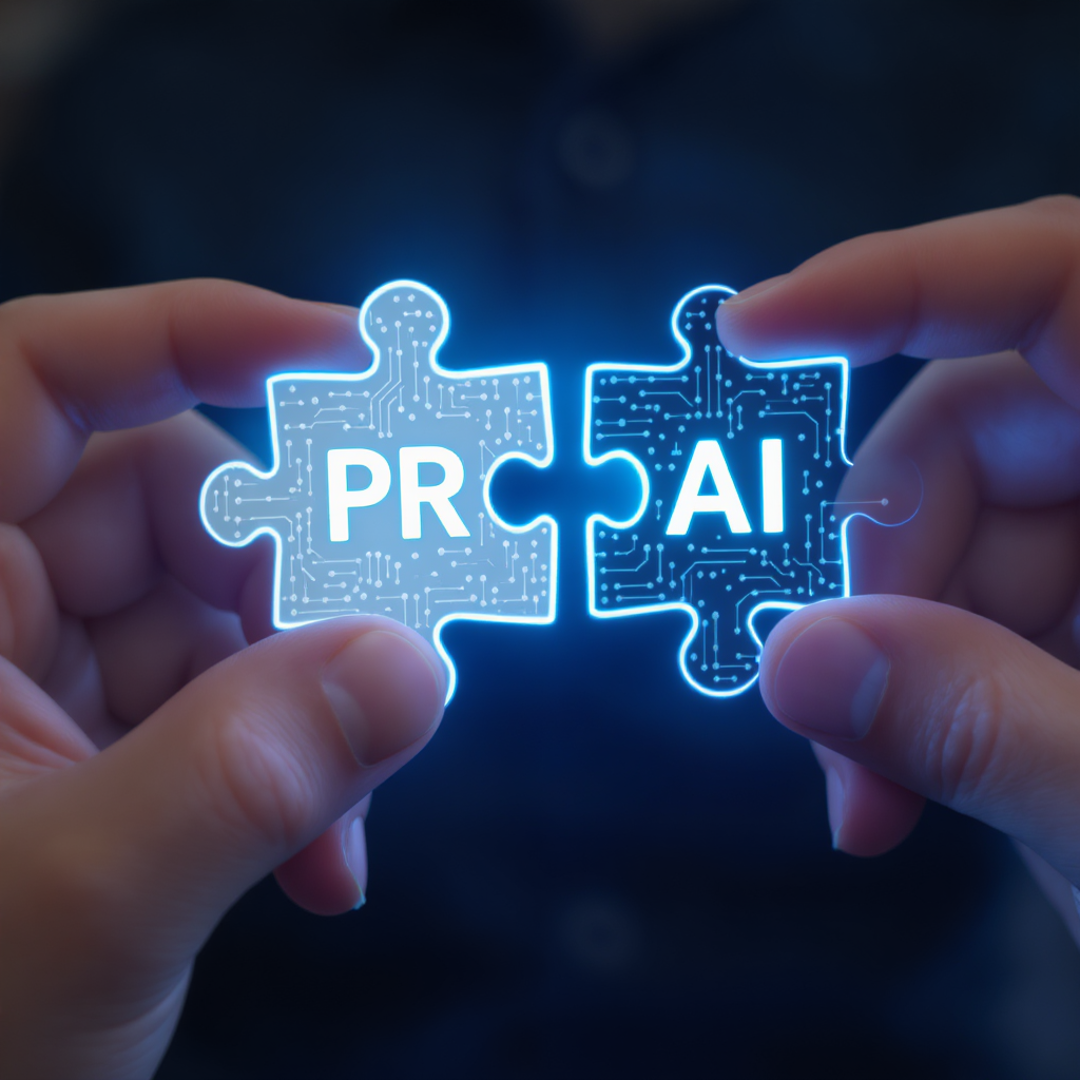Developing an effective public relations strategy: A comprehensive guide
 On 24 June, 2025
On 24 June, 2025

An effective public relations strategy is essential for shaping public perception, building credibility, and achieving business objectives. A well-crafted PR plan goes beyond just media outreach to define clear goals, target key audiences, deliver strategic messaging, and measure success. Whether you're a startup looking to build buzz or an established company aiming to maintain a stellar reputation, investing in a comprehensive PR strategy positions your brand for long-term growth and success in an increasingly competitive landscape.
Summary:
Understanding PR strategy fundamentals
What is a PR strategy?
A PR strategy is a comprehensive plan that outlines how an organization will manage its public image and reputation. It defines key messages, target audiences, communication channels, and tactics to shape public perception in a positive way.
However, a PR strategy goes beyond just securing media coverage. Its ultimate purpose is to build trust, credibility and strong relationships with all stakeholders - customers, employees, investors, and the general public.
In essence, an effective PR strategy serves as a roadmap to proactively manage an organization's reputation, navigate crises, and support overall business objectives. It ensures consistent messaging across all touchpoints to build a favorable brand image in the minds of target audiences.
Key elements of an effective PR strategy
An effective public relations strategy should include these essential components:
-
Clear objectives: Define specific, measurable goals that align with your overall business objectives, such as increasing brand awareness, managing reputation, or supporting a product launch.
-
Target audience definition: Identify the key stakeholders, demographics, and personas you need to reach and influence with your PR efforts. Understand their needs, preferences, and how best to engage them.
-
Strategic messaging: Develop clear, compelling key messages that communicate your unique value proposition and resonate with your target audiences. Ensure consistency across all communication channels.
-
Tactical planning: Outline the specific PR tactics and activities you will use to reach your target audiences and achieve your objectives. This can include media relations, thought leadership, events, social media, and more.
-
Measurement and evaluation: Establish clear KPIs and metrics to track the success of your PR strategy. Regularly monitor and report on your progress, and use insights to optimize your approach over time.
By incorporating these critical elements, you can develop a focused, results-driven PR strategy that effectively builds visibility, credibility and support for your business goals.
Strategy vs tactics in PR
Public relations strategy and tactics are two distinct but interrelated concepts. The PR strategy is the overarching plan that defines the key messages, target audiences, and desired outcomes of a PR campaign. It provides the roadmap and direction for all PR activities.
Tactics, on the other hand, are the specific actions and techniques used to execute the PR strategy and achieve its objectives. Tactics include things like press releases, media interviews, social media posts, and special events. They are the tangible ways the strategy comes to life.
For example, if a company's PR strategy is to position itself as an industry thought leader, the tactics might include publishing research reports, securing speaking engagements at conferences for executives, and contributing expert articles to trade publications. Each tactic ladders up to support the larger strategic goal.
The importance of PR strategy for businesses
Building and maintaining a positive reputation
A well-crafted PR strategy is essential for shaping public perception and managing your brand's reputation. It allows you to proactively communicate your key messages and values to your target audiences.
However, PR is not just about pushing out promotional content. It's about building genuine relationships and trust with your stakeholders. This requires consistent, authentic engagement across multiple channels over time.
The most effective PR strategies find the right balance. They use a mix of owned, earned and paid media to reinforce the brand's positioning, while also being responsive to feedback and adapting to changing perceptions. By continuously monitoring sentiment and thoughtfully managing communications, PR helps maintain a positive reputation that supports the company's overall goals.
Enhancing visibility and credibility
Strategic public relations efforts play a critical role in increasing brand awareness and establishing authority in the market. By consistently communicating key messages and thought leadership through earned media placements, brands can reach new audiences and shape public perception.
Positive media coverage acts as a powerful third-party endorsement, lending credibility to a brand's products, services, and expertise. As more people see the brand featured in respected media outlets, they begin to view it as a trusted and authoritative player in the industry. This enhanced visibility and credibility can translate into increased web traffic, leads, and ultimately, business growth.
Supporting overall business objectives
An effective PR strategy directly supports and furthers an organization's overarching business goals. By aligning PR initiatives with the company's strategic priorities, public relations becomes a powerful lever for growth and success.
Thoughtfully crafted messaging and well-timed campaigns raise brand awareness among target audiences, generating interest and demand that fuel sales. Positive media coverage and thought leadership enhance credibility and trust, making it easier to attract customers, partners and top talent. In times of crisis, a robust PR plan mitigates reputational damage and maintains stakeholder confidence, protecting the bottom line.
PR is not just about getting the company name in the headlines. When integrated into the overall business strategy, it is a critical tool for building brand equity, driving revenue and ensuring long-term viability in the market.
Best practices for implementing your PR strategy
Maintaining consistency across all communications
Consistency is key when it comes to effective brand messaging. From your website to social media posts to press releases, every touchpoint should reinforce your core brand identity and values.
Over time, this consistency builds recognition and trust with your target audiences. As they encounter your brand across various channels, a coherent voice and visual identity assures them of your reliability and authenticity. Repetition of key messages also helps them stick in the minds of consumers.
Maintaining this consistency requires close coordination between all departments and spokespeople. Establish clear brand guidelines that define your messaging, tone of voice, and visual standards. Regularly brief employees and agencies to ensure alignment. With discipline and attention to detail, you can ensure that at every opportunity, you are strengthening rather than diluting your brand.
Building and nurturing media relationships
Developing strong relationships with journalists and influencers is a cornerstone of effective PR. Reaching out to relevant media contacts with compelling, newsworthy stories can earn valuable coverage and build credibility for your brand.
However, it's not just about pitching stories. Building mutually beneficial, long-term connections is key. Take time to research the journalists and influencers in your space. Understand what topics they cover and how your expertise could provide value to their audience.
The most successful media relationships are nurtured over time through consistent, helpful interactions. Become a trusted resource by providing timely, relevant content and expert commentary when needed. Respect their time and editorial guidelines. With an authentic, personalized approach, you can establish rapport and increase the likelihood of ongoing positive coverage.
Leveraging data and analytics for continuous improvement
Tracking key performance indicators (KPIs) is essential to continually optimize your PR strategy. Metrics such as media mentions, website traffic, social media engagement, and sentiment analysis provide valuable insights into the impact of your PR efforts.
By regularly monitoring and analyzing this data, you can identify which tactics are most effective in reaching your target audience and achieving your objectives. For example, if you notice that thought leadership articles are generating significant media coverage and website visits, you may decide to increase your focus on this tactic. Conversely, if a particular campaign fails to gain traction, data analysis can help you pinpoint areas for improvement and make necessary adjustments.
Leveraging analytics enables you to make data-driven decisions to refine your PR strategy over time. Rather than relying on gut instinct, you can use concrete evidence to guide your approach, ensuring that your efforts are always aligned with your goals and delivering maximum impact. Through continuous measurement and optimization, you can stay agile, adapt to changing circumstances, and consistently improve the effectiveness of your PR program.
A comprehensive PR strategy is essential for shaping public perception, building credibility, and driving business growth. By aligning PR initiatives with overarching business goals, companies can proactively manage their reputation, navigate crises, and foster strong relationships with key stakeholders. Effective PR strategies leverage a mix of owned, earned and paid media to reinforce brand positioning and adapt to evolving audience needs. With the right tools like Wiztrust's integrated PR management solution, businesses can streamline PR activities, boost content visibility, and optimize stakeholder relationships to maximize the impact of their communications efforts and achieve long-term success in today's competitive landscape.



 7 min
7 min